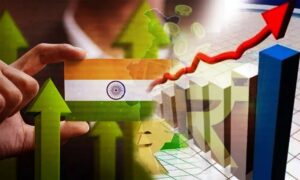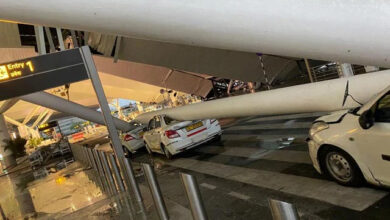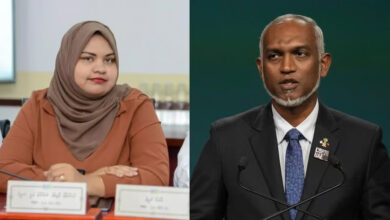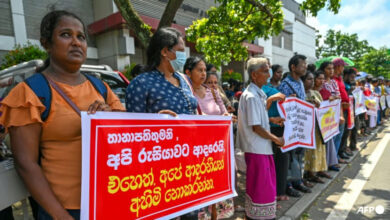Will India’s new government be able to handle the economic shock?
Narendra Modi won the Lok Sabha elections and became the Prime Minister for the third consecutive term. Undoubtedly, India has never seen a prime minister as much discussed, criticized, reviled, condemned and debated as Modi. No one else got electoral success like him. No one has reigned with such power in the state and center. As a popular personality, he has also highlighted his importance in the business world. However, he failed to address an ongoing problem—how to create jobs in tandem with rapid economic growth. Post-election, Modi continues to find answers to the same conundrum.
India is one of the fastest growing economies in the world. However, India’s unemployment rate has surpassed that of other emerging economies in recent years, hampering the country’s rapid economic transition.
Arvind Subramanian, a former chief economic adviser to the Modi administration who is now a senior fellow at the Peterson Institute for International Economics in Washington, said employment growth in the country has weakened over the past four to five years. This is indeed India’s central economic challenge. I think, the government has no big chance to solve this problem.
Economists say that unemployment has not been so extreme in at least the last three decades. Due to this, people’s frustration towards Modi’s party is increasing. At the same time, the staggering wealth disparity in the country is becoming more pronounced.
According to the Center for Monitoring Indian Economy, an independent research institute in Mumbai, the working population of the country is about one billion. Of these, India has only 430 million jobs. And most of them are day laborers and farm labourers. Their lives are stuck in precarious conditions, lacking reliable wages and the protection of government jobs.
Better living standards are evident in many cases, but a fast growing economy is not consistent with the source of jobs. For example, business magnates like Gautam Adani, one of Asia’s richest men, have built their business empires by overcoming all obstacles due to their connections and fortunes with Modi. But the majority of Indian workers who work in the so-called informal sector are effectively stranded—those who work in roadside stalls, small shops with no guaranteed income or prospects for advancement.
Some fear that long-term employment projects could be weakened by the dispersal of funds. According to Sumita Deveshwar, Chief India Economist, Global Data TS Lombard, you have to ensure that the benefits of economic development reach the maximum number of people, if people don’t benefit from economic development, it basically creates stagnation.
Economist Subramanian says the entire manufacturing sector has bypassed India. It is this larger failure in development that continues to haunt India.
It is known that as a way to solve this problem, Modi has taken initiatives to strengthen production and increase exports. Streamlined ports, eased administrative regulations. Despite some high-profile developments, the visible presence of the Apple iPhone in the Indian market, according to World Bank data, manufacturing accounts for just 13 percent of the country’s economy. This is less than a decade ago, when Modi took over.
Foreign money has flowed into India’s stock market, a key component of Modi’s business ventures, multiplying share prices. But persuading international investors to directly fund Indian companies has turned out to be a risky bet. Modi’s Hindu nationalist party has created a destabilizing situation by increasing social tensions by cornering Muslims.
The current election is expected to further discourage further investment, as Modi’s likely stalled trade reforms will be more difficult to pass. These include laws relating to the acquisition or lease of land and the employment of labour. With no clear path to economic dynamism and a more challenging political environment, Modi may take a slow approach to rallying support. He could expand social welfare programs, using public coffers to transfer more cash to communities if needed. Such a move could potentially reduce funds available to advance government programs—including the construction of highways, ports, airports, and other infrastructure. These plans are central to a broader campaign to maintain India’s strong economic growth and encourage investment in manufacturing.
Geopolitical changes have added a new dimension to India’s manufacturing sector. As the US and China engage in trade hostilities, multinational brands are looking to reduce their reliance on Chinese factories to make their products. Large retailers like Walmart are increasingly looking to India as an alternative to China.
But keeping up with potential investment demand requires continued upgrading of highways, rail links and ports, and a focus on vocational training to upskill people for factory work.



![Mumtaz Zahra Baloch, spokesperson for Pakistan's Foreign Ministry, says the country believes in constructive dialogue with the US [Courtesy of Pakistan Ministry of Foreign Affairs]](https://southasiancorrespondent.com/wp-content/uploads/2024/06/pak-1-390x220.jpg)

